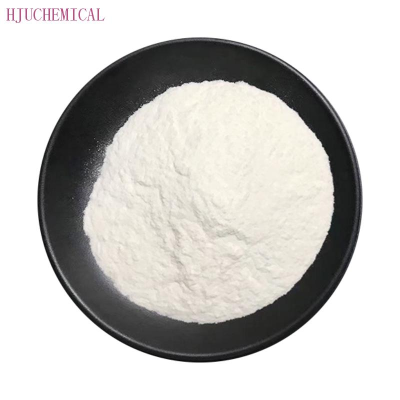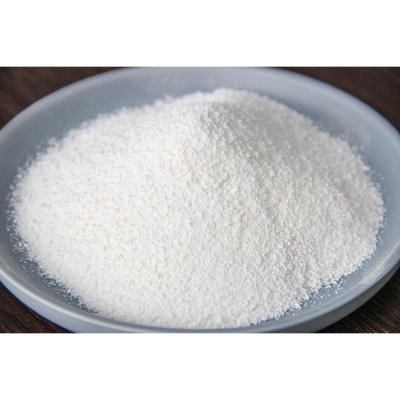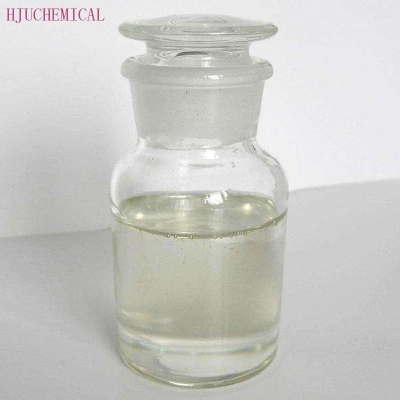-
Categories
-
Pharmaceutical Intermediates
-
Active Pharmaceutical Ingredients
-
Food Additives
- Industrial Coatings
- Agrochemicals
- Dyes and Pigments
- Surfactant
- Flavors and Fragrances
- Chemical Reagents
- Catalyst and Auxiliary
- Natural Products
- Inorganic Chemistry
-
Organic Chemistry
-
Biochemical Engineering
- Analytical Chemistry
-
Cosmetic Ingredient
- Water Treatment Chemical
-
Pharmaceutical Intermediates
Promotion
ECHEMI Mall
Wholesale
Weekly Price
Exhibition
News
-
Trade Service
How to efficiently convert and utilize CO? It is a research hotspot in the field of energy and chemical industry
.
Recently, the team of Deng Dehui, a researcher at the Dalian Institute of Chemical Physics, Chinese Academy of Sciences, and the team of Professor Wang Ye from Xiamen University have made important progress in the research of CO? catalytic hydrogenation to methanol
.
???? The research team lasted nearly 6 years and for the first time used a low-layer molybdenum disulfide (MoS?) catalyst rich in sulfur vacancies to achieve low-temperature, high-efficiency, and long-life catalytic CO? hydrogenation to methanol
.
The activity and selectivity of MoS? catalysts are better than previously reported metal oxide catalysts, and show excellent stability, opening up a new way to achieve low energy consumption and high efficiency CO? conversion and utilization
.
???? Reacting with green hydrogen (H?) based on renewable energy to produce methanol is one of the important ways for CO? to turn waste into treasure
.
However, the traditional metal oxide catalyst requires a reaction temperature above 300°C, and is accompanied by a serious reverse water gas shift reaction, which produces a large amount of by-product CO
.
It is urgent to find a new catalyst system for CO? low-temperature and high-efficiency hydrogenation to methanol
.
??? Researchers have developed a few-layer MoS with abundant sulfur vacancies
.
After evaluation, the MoS® catalyst can realize the direct activation and dissociation of CO? and H? at low temperature or even room temperature, and effectively inhibit the excessive hydrogenation of methanol
.
The results of in-situ characterization and theoretical calculations show that the sulfur atom vacancies in the MoS? plane are the active centers for catalyzing the highly selective hydrogenation of CO? to methanol
.
In a small laboratory test, the single-pass conversion rate of CO? at 180°C reached 12.
5%, and the selectivity of methanol reached 94.
3%, which is better than the previously reported traditional catalysts such as metals and metal oxides, and the performance is stable.
Maintained for 3000 hours without attenuation, showing excellent industrial application potential
.
.
Recently, the team of Deng Dehui, a researcher at the Dalian Institute of Chemical Physics, Chinese Academy of Sciences, and the team of Professor Wang Ye from Xiamen University have made important progress in the research of CO? catalytic hydrogenation to methanol
.
???? The research team lasted nearly 6 years and for the first time used a low-layer molybdenum disulfide (MoS?) catalyst rich in sulfur vacancies to achieve low-temperature, high-efficiency, and long-life catalytic CO? hydrogenation to methanol
.
The activity and selectivity of MoS? catalysts are better than previously reported metal oxide catalysts, and show excellent stability, opening up a new way to achieve low energy consumption and high efficiency CO? conversion and utilization
.
???? Reacting with green hydrogen (H?) based on renewable energy to produce methanol is one of the important ways for CO? to turn waste into treasure
.
However, the traditional metal oxide catalyst requires a reaction temperature above 300°C, and is accompanied by a serious reverse water gas shift reaction, which produces a large amount of by-product CO
.
It is urgent to find a new catalyst system for CO? low-temperature and high-efficiency hydrogenation to methanol
.
??? Researchers have developed a few-layer MoS with abundant sulfur vacancies
.
After evaluation, the MoS® catalyst can realize the direct activation and dissociation of CO? and H? at low temperature or even room temperature, and effectively inhibit the excessive hydrogenation of methanol
.
The results of in-situ characterization and theoretical calculations show that the sulfur atom vacancies in the MoS? plane are the active centers for catalyzing the highly selective hydrogenation of CO? to methanol
.
In a small laboratory test, the single-pass conversion rate of CO? at 180°C reached 12.
5%, and the selectivity of methanol reached 94.
3%, which is better than the previously reported traditional catalysts such as metals and metal oxides, and the performance is stable.
Maintained for 3000 hours without attenuation, showing excellent industrial application potential
.







